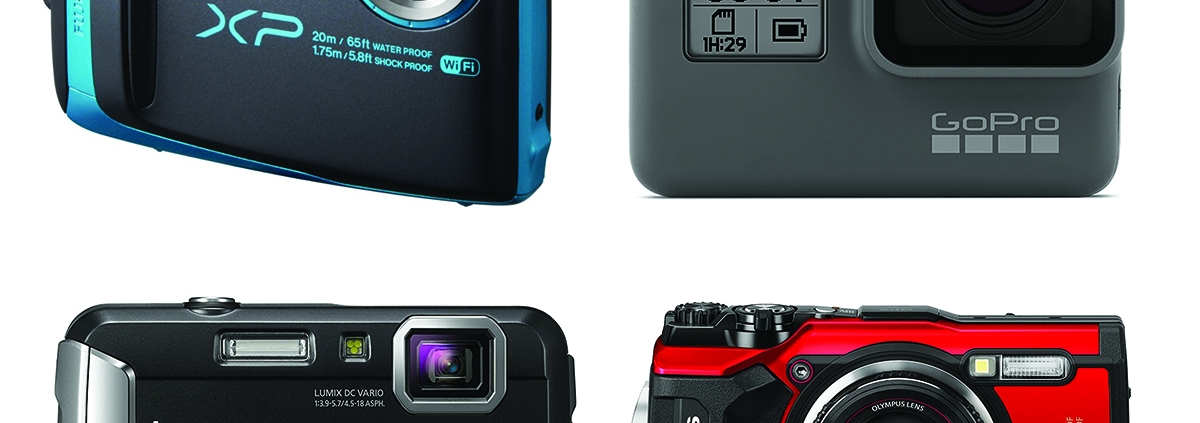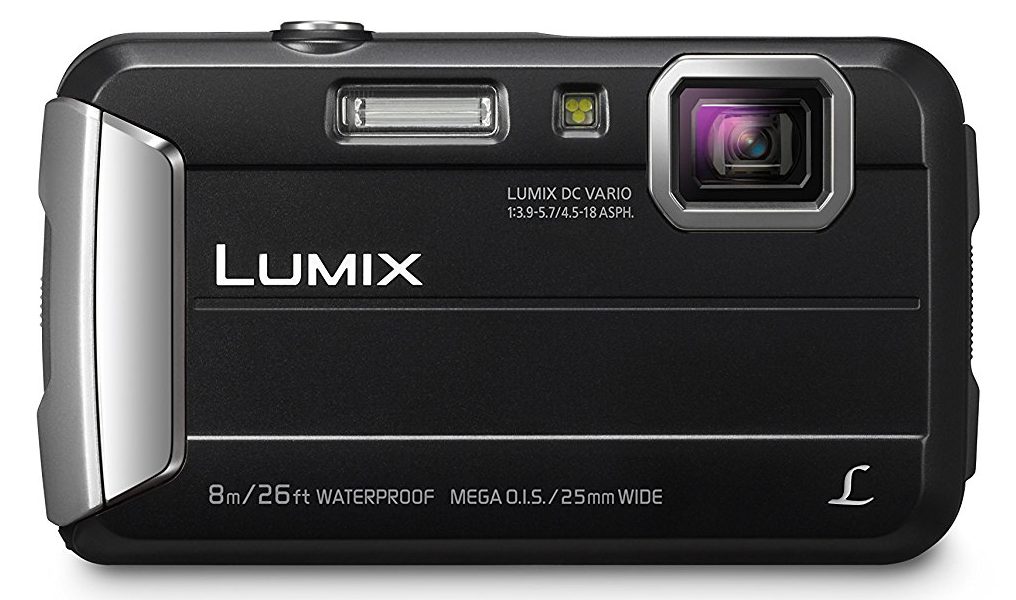What Kind of Camera Should Your Child Bring to Adventure Treks?
Parents rejoice when they learn about the Adventure Treks no-electronics policy. But the next question they ask is, “how can my child take photos at Adventure Treks without a phone?” We know they’ve become outdated due to amazing advances in smartphone cameras, but remember GoPros and point-and-shoot cameras? That’s what your child should bring to AT!
While our instructors do take photos throughout each adventure, we encourage any and all students to bring a camera to document their trips in their own unique way. (Plus, they’ll be able to submit their favorite photos that they took to our annual student photo and video contest for the chance to win an awesome Adventure Treks prize!) We have had a few students bring digital SLR models in the past, but unless you’re comfortable putting all your trust in your teenager to handle an expensive piece of equipment, we think a simple, inexpensive point-and-shoot camera or GoPro is the perfect way to go.
Because we spend most of our time in the wilderness, you’ll want to purchase a camera that can withstand a bit of abuse. Considering that your child’s camera may get dropped into sand, dirt, or even water; that it will get stuffed into and pulled back out of a pack every day; and that it will be exposed to a wide temperature range means you’ll want a shock-proof, drop-proof, and possibly even waterproof model. An alternative option for activities like kayaking or canoeing would be a waterproof case that houses the actual camera. Make sure you pack extra, pre-charged batteries, as we aren’t able to recharge batteries throughout the trip.
Below are a few cameras that our instructors have used on Adventure Treks trips throughout recent years.
Olympus Tough TG-5
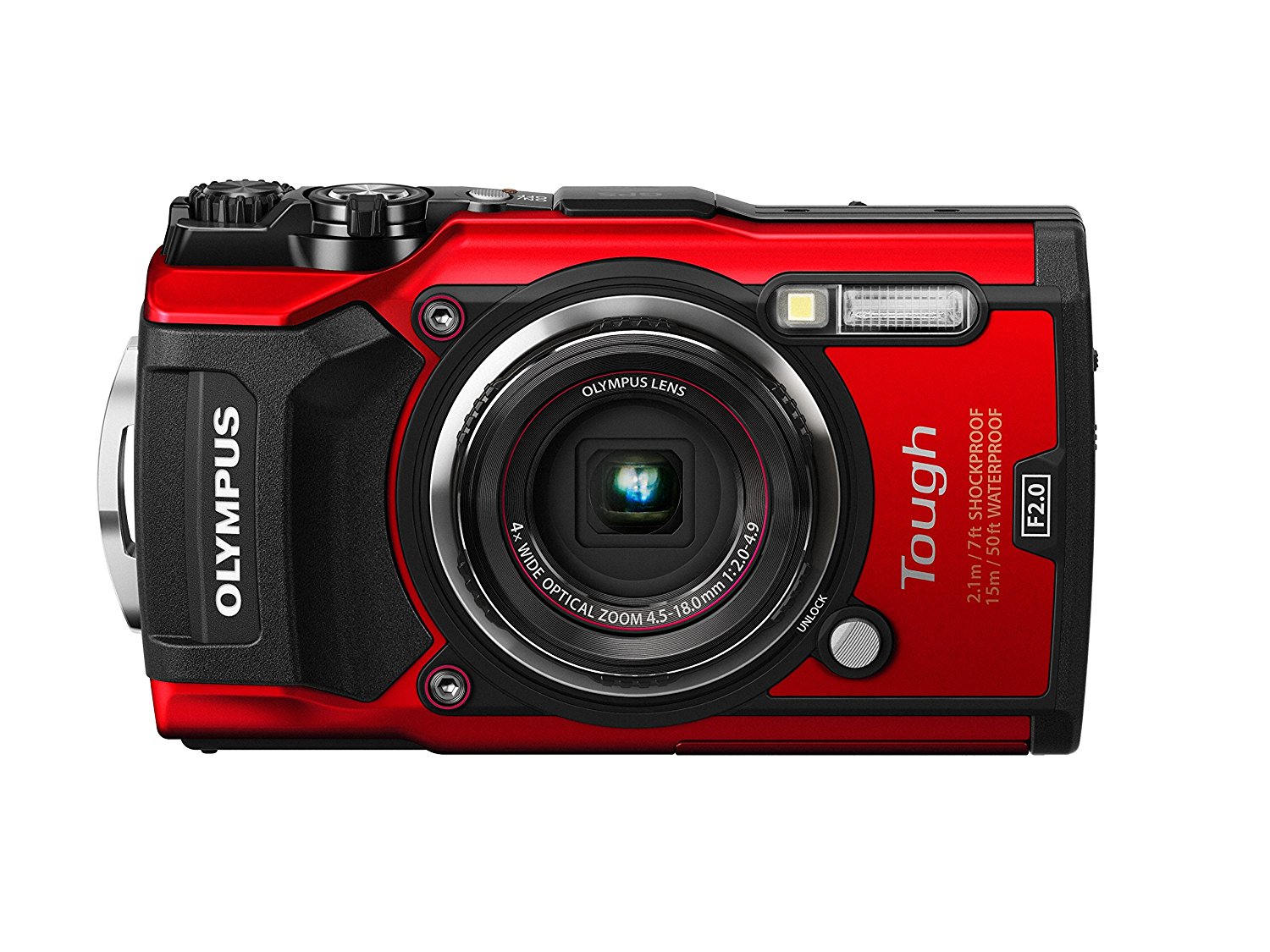
A pricier option, this model gets great reviews online and is as tough as its name suggests. It is water-resistant to 50 feet, shock-resistant to seven feet, dustproof, and still works in extremely cold temperatures (think below zero). It’s small and light, takes beautiful Ultra HD 4K video, has GPS enabled, should capture great action images, and allows for quality up-close photos (like of the beautiful sea stars we see on the Olympic Peninsula!). This camera should last a long, long time.
FujiFilm Finepix Xp120
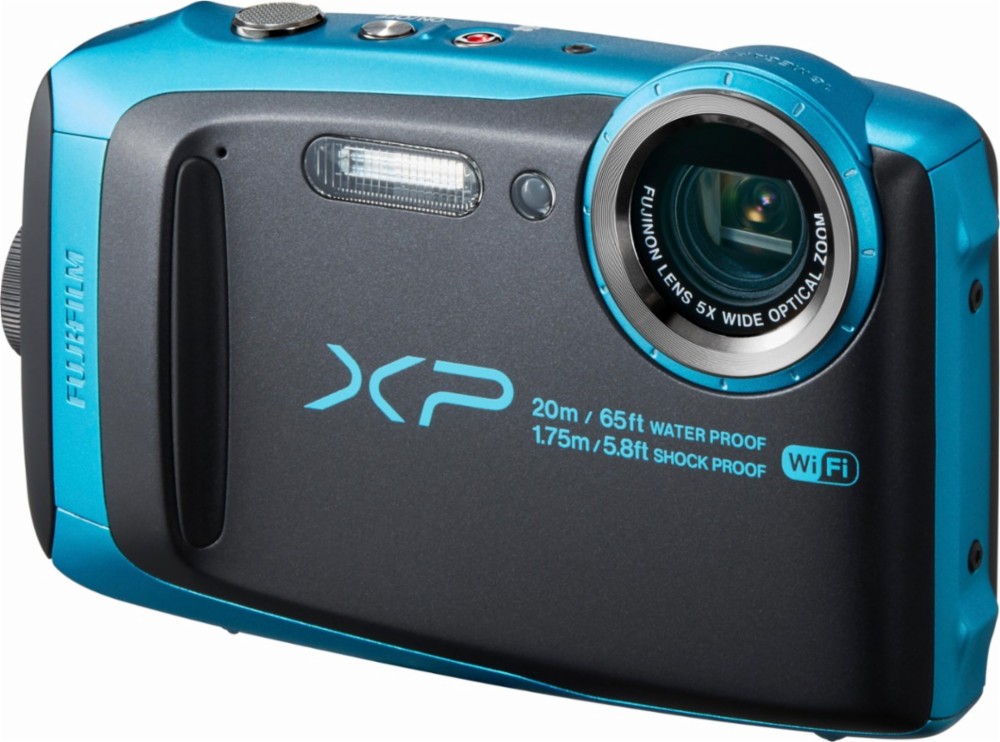
A more budget-friendly option, the Fujifilm FinePix XP120 is a camera that you’ll find in several instructors’ pockets. It’s waterproof to 65 feet, shock-proof to almost six feet, freeze-proof to -10 degrees F (thankfully we have never experienced temperatures anywhere near that cold at Adventure Treks!), and dust- and sand-proof. Its Full HD 1080p video option captures the action during any activity and has great image stabilization so stills won’t be blurry. Plus, it won’t break the bank.
GoPro Hero
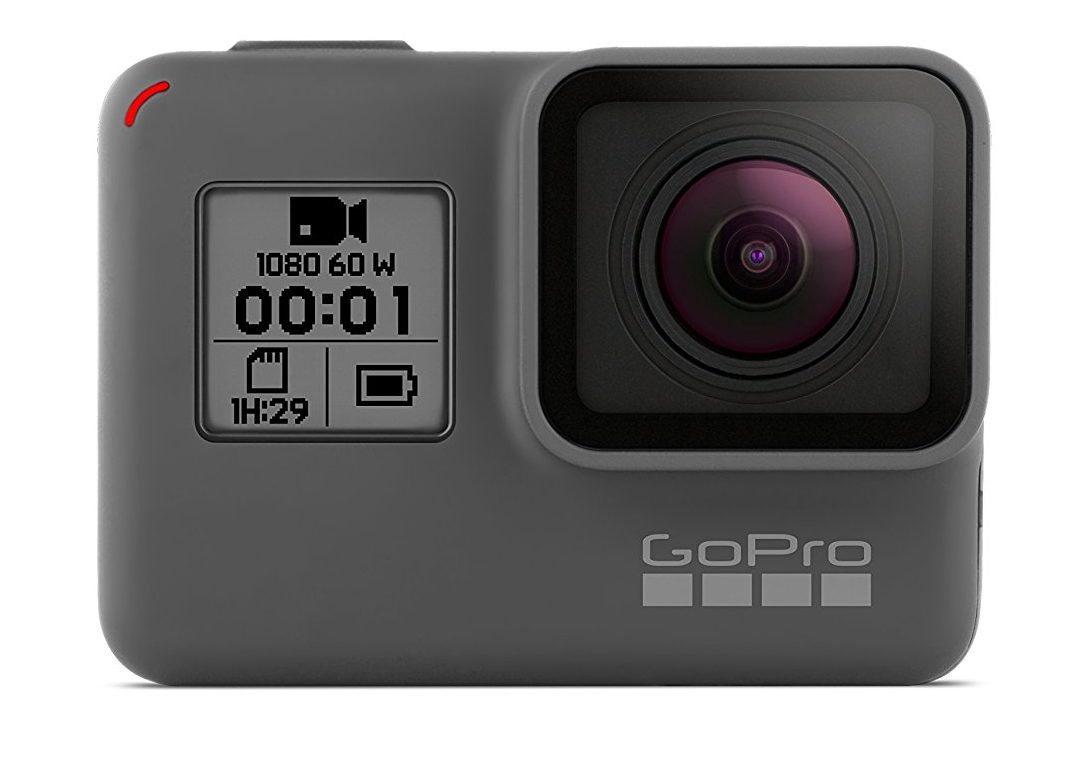
Everyone is familiar with a simple point-and-shoot, but not everyone knows about the GoPro option. A GoPro (there are other brands similar to GoPro, but for the sake of simplicity, we’ll stick with this particular brand) is a small, mountable (aka hands-free) camera that combines the best of the point-and-shoot and camcorder worlds and packs all those features into an easy-to-use, portable, compact, and virtually indestructible housing. It was created to capture action sports: Surfing, biking, rock climbing, running, etc. GoPros have wider lenses than many other simple cameras, allowing users to capture more of what’s happening around them. You can get additional housing to make it completely waterproof, and it’s just as tough as many of the point-and-shoots we recommend. While its original purpose was to capture beautiful video, it also provides the option to take great stills as well.
*GoPros can be on the pricey side; this website offers suggestions for less expensive alternatives.
Panasonic Lumix DMC-TS30K
I love the Panasonic Lumix line—I have one of these models in my personal photography arsenal. On this particular model, various scene modes allow you to take photos no matter the time of day or where you are (at sunrise, in low light in a forest, etc.), and you can add special effects like shooting in black and white. It’s kind of like the Instagram version of cameras, which should appeal to most, if not all, teenagers. It also has a quality video mode, including time-lapse capability. Another durable camera, it’s freeze-proof to 14 degrees F, shock-proof to almost five feet, and waterproof to 26 feet. This is a great wallet-friendly option.
If your child chooses not to bring a camera—don’t fret. The photos that our instructors take are always available as free downloads after the summer. And if you have any additional questions about what kind of camera is best, don’t hesitate to give us a call at 828-698-0399!
PS—Don’t forget to check out our blog on how to take great photos in the outdoors!

